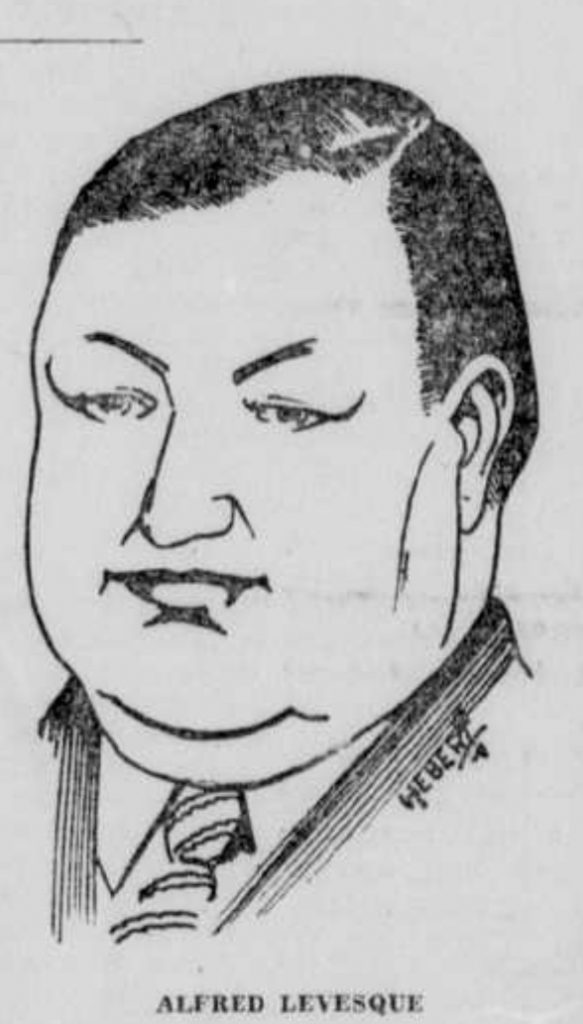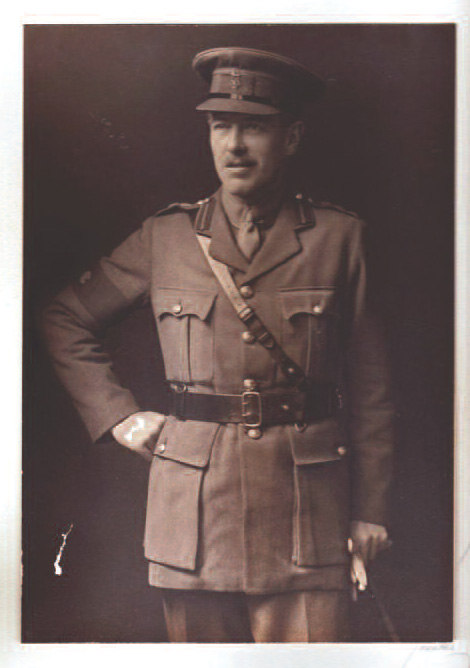Police forces at work
Networks with thousands of smugglers were set up. This was the birth of organized crime in Quebec! The Liquor Police, created in 1921, collaborated with other Quebec, Canadian and even US police forces in order to counter the threat. Together, they conducted large scale operations that included seizures as well as the arrest of notorious criminals such as Alfred Lévesque in the early 1930s.

Sketch of Alfred Lévesque that was made during his trial and which appeared in the Sun newspaper January 11, 1934. Source BAnQ, Quebec Digital Archives.
The 1920s and 1930s saw the heyday of the Liquor Police: alcohol was legal in Quebec, but it was illegal everywhere outside the province. Canadian provinces abandoned prohibition in the following decades, but demand for illegal alcohol in the 1920s and 1930s came mainly from American organized crime networks. Americans were suddenly thirsty for Canadian whisky, St-George wine and Quebec moonshine.
To meet the demand, networks of many thousands of smugglers were established. Two examples were those run by Alfred Lévesque in Témiscouata and by Conrad Labelle in Montérégie, who were both to become famous bootleggers. Although the major cities were affected by the alcohol trade, the most developed networks were mainly in the border regions (Témiscouata, Eastern Townships, Montérégie, etc.)
At first liquor smuggling seemed to everyone to be a trivial matter, but it increased dramatically in the 1920s and even became uncontrollable. This trafficking led to other more serious crimes throughout the province – theft, armed assault, murder, kidnapping, prostitution, etc. J. A. Patry, a police inspector, was even face-to-face with Al Capone’s men during several of his investigations in the 1920s and 1930s, notably in the Lower St. Lawrence and the Gaspé Peninsula. Quebec was far from being spared by gangsters!

Major General Edmond de Bellefeuille Panet, hero of the First World War and the first Chief of the Liquor Police in 1921. Source: Alain Girard collection.
Faced with the scale of the problem, the Liquor Police responded by adapting. It grew rapidly: from just 35 men in 1921, it tripled its staff in the space of five years. The size of the networks also forced them to develop the first modern investigative techniques: vehicle surveillance (the automobile, the favorite means of transport of bootleggers, appeared in Quebec at that time), collecting and exchanging information, the use of double agents and informers etc. They also had to develop their own methods of investigation. Although the Liquor Police was a modest organization, it conducted operations all over Quebec with surprising results.
The Liquor Police’s numerous collaborations with other police forces, which began in 1921-1922, led to spectacular seizures and the arrest of corrupt officials and numerous criminals such as Alfred Lévesque, whose Temiscouata bootlegging network was dismantled in 1933 after a joint investigation by the RCMP, customs officers and the Liquor Police.
Even so, the Quebec, Canadian and United States police were not able to stem the illegal traffic of alcohol during the 1920s and 1930s: the extent of organized crime was far too vast and the police forces’ funds too limited. The end of Prohibition in the United States in 1933 solved most of the problem, but did not eliminate it altogether.
However, the story of the Liquor Police was far from over. The bootlegger episode had enabled it to increase its strength and build up a solid police force: from 35 men in 1921, by 1934 it had 171. Investigators specializing in the fight against organized crime continued to conduct thousands of investigations and searches throughout Quebec every year.

